Information Security Report: OPM Data Breach Analysis
VerifiedAdded on 2023/05/30
|5
|842
|267
Report
AI Summary
This report analyzes the 2015 OPM data breach, examining the underlying information security issues and their impact on privacy, civil liberties, and intellectual property. The analysis highlights the failure to adhere to Critical Security Controls (CSCs) and the Federal Information Security Management Act (FISMA) standards, leading to the exposure of 20 million user records. The report discusses the significance of cyber-crime, unauthorized access, and malicious malware, and emphasizes the role of intellectual property rights, patents, and trademarks in securing sensitive data. It proposes the implementation of robust information security frameworks and policies, advocating for encryption, proper IT security budgets, and adherence to regulations to prevent future breaches. The report stresses the importance of proactive measures by CIOs and IT departments to safeguard data and protect against various cyber threats.
1 out of 5
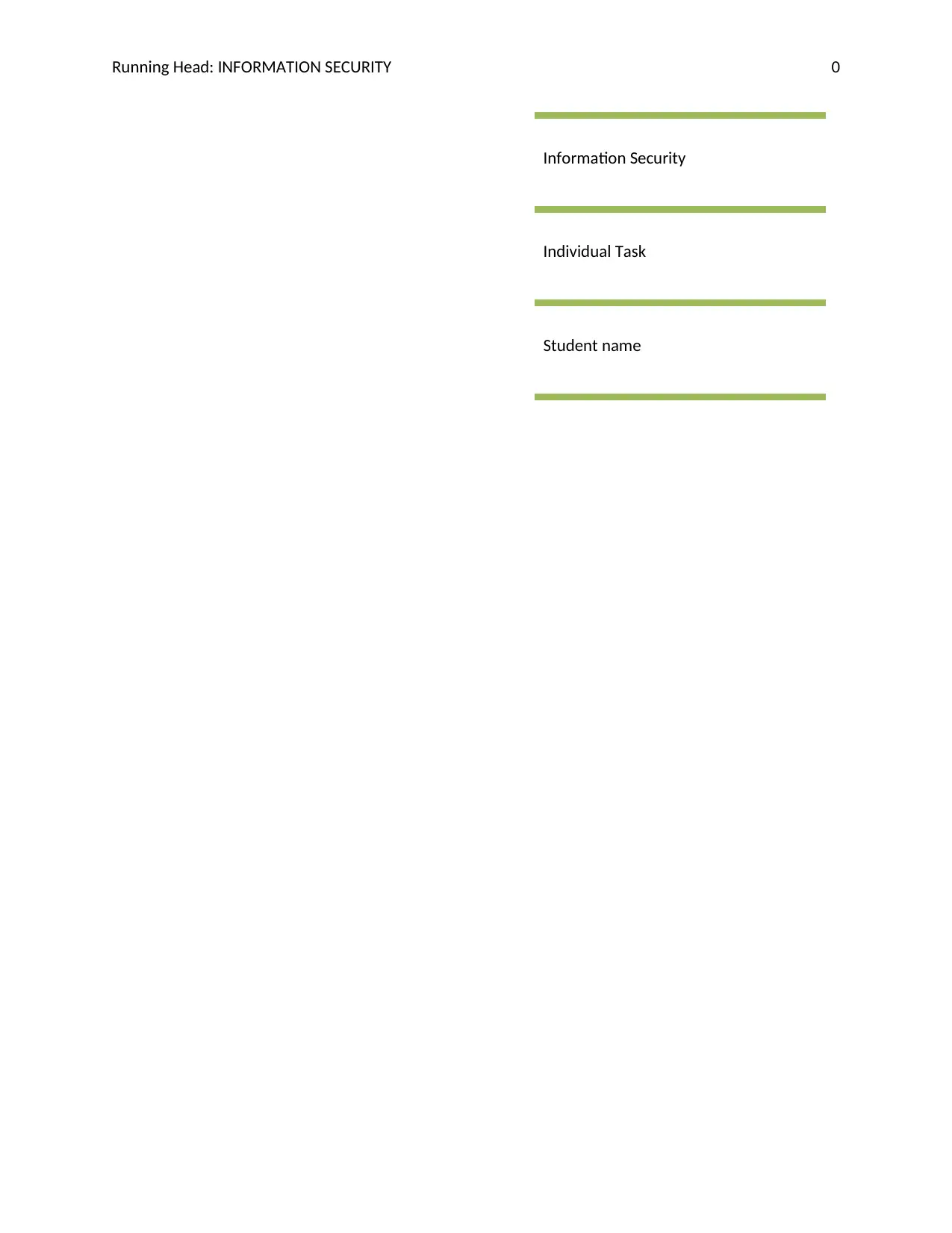
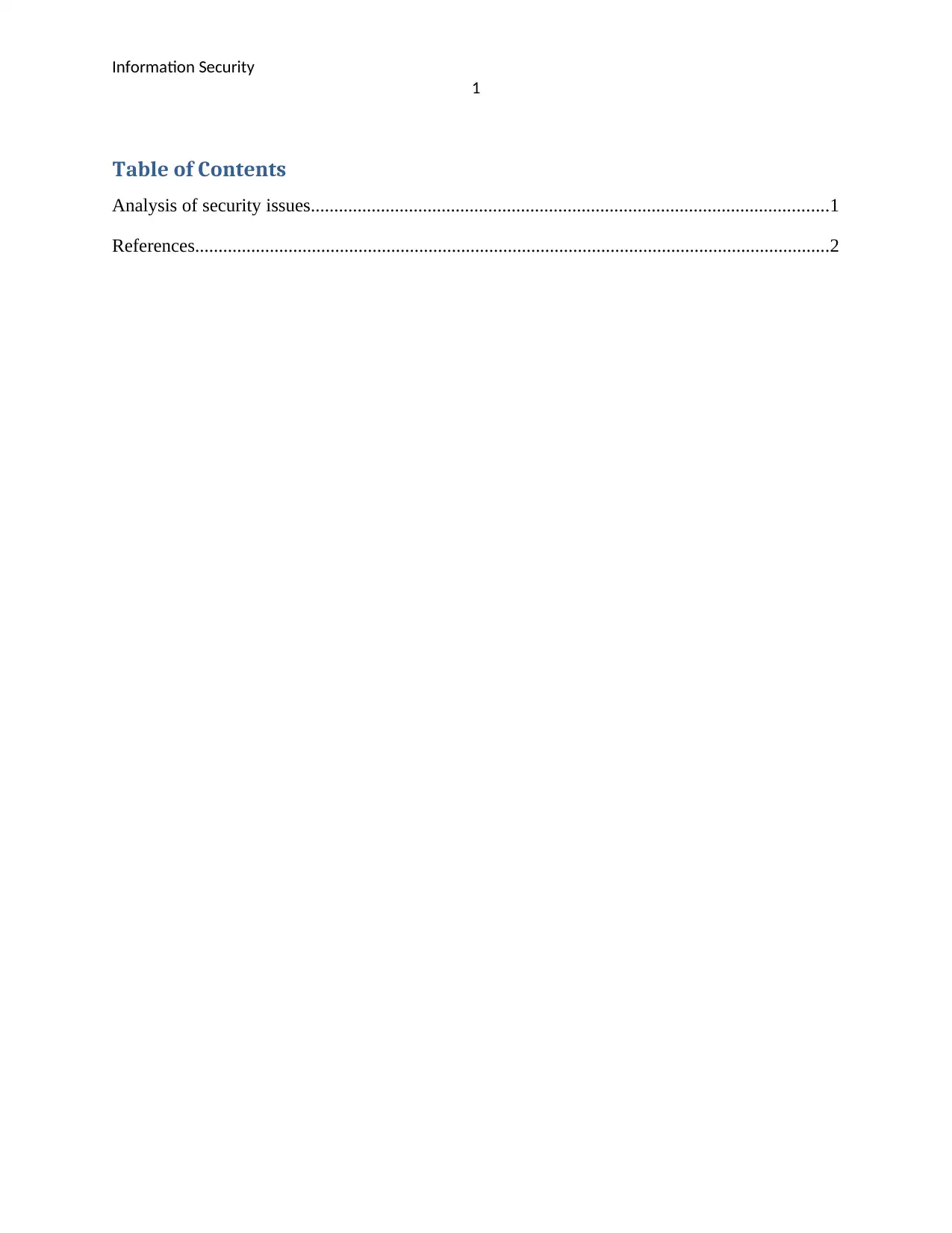
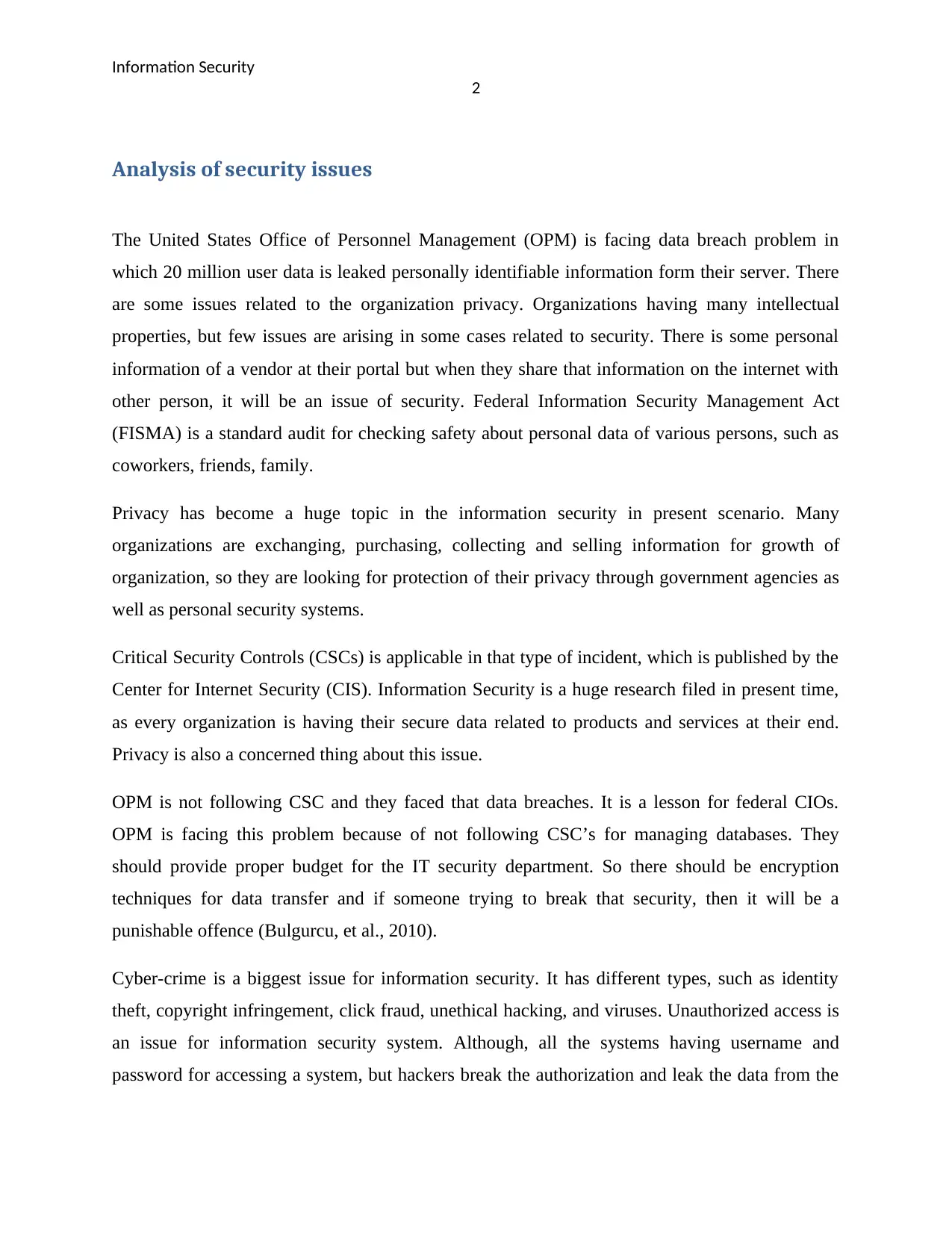

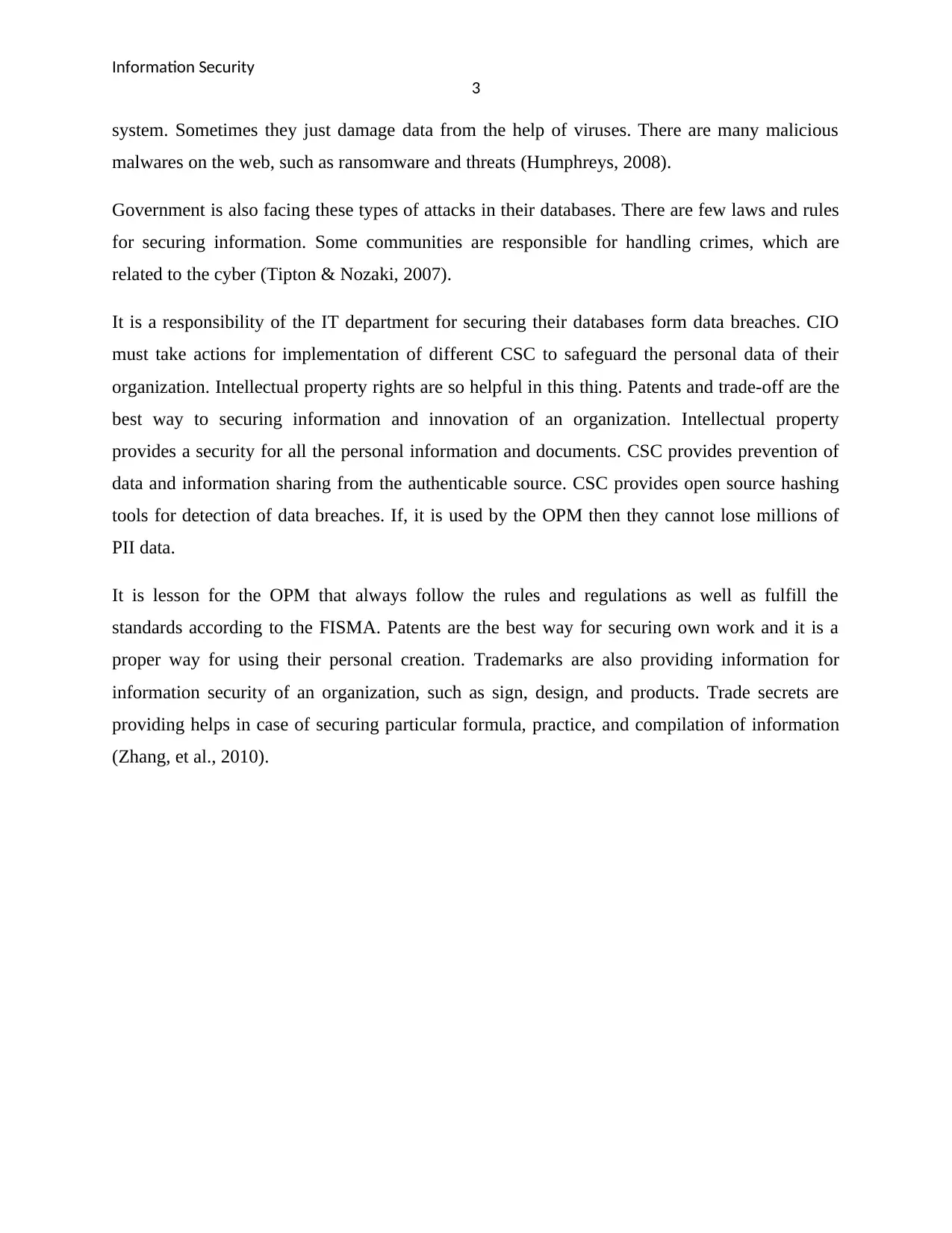
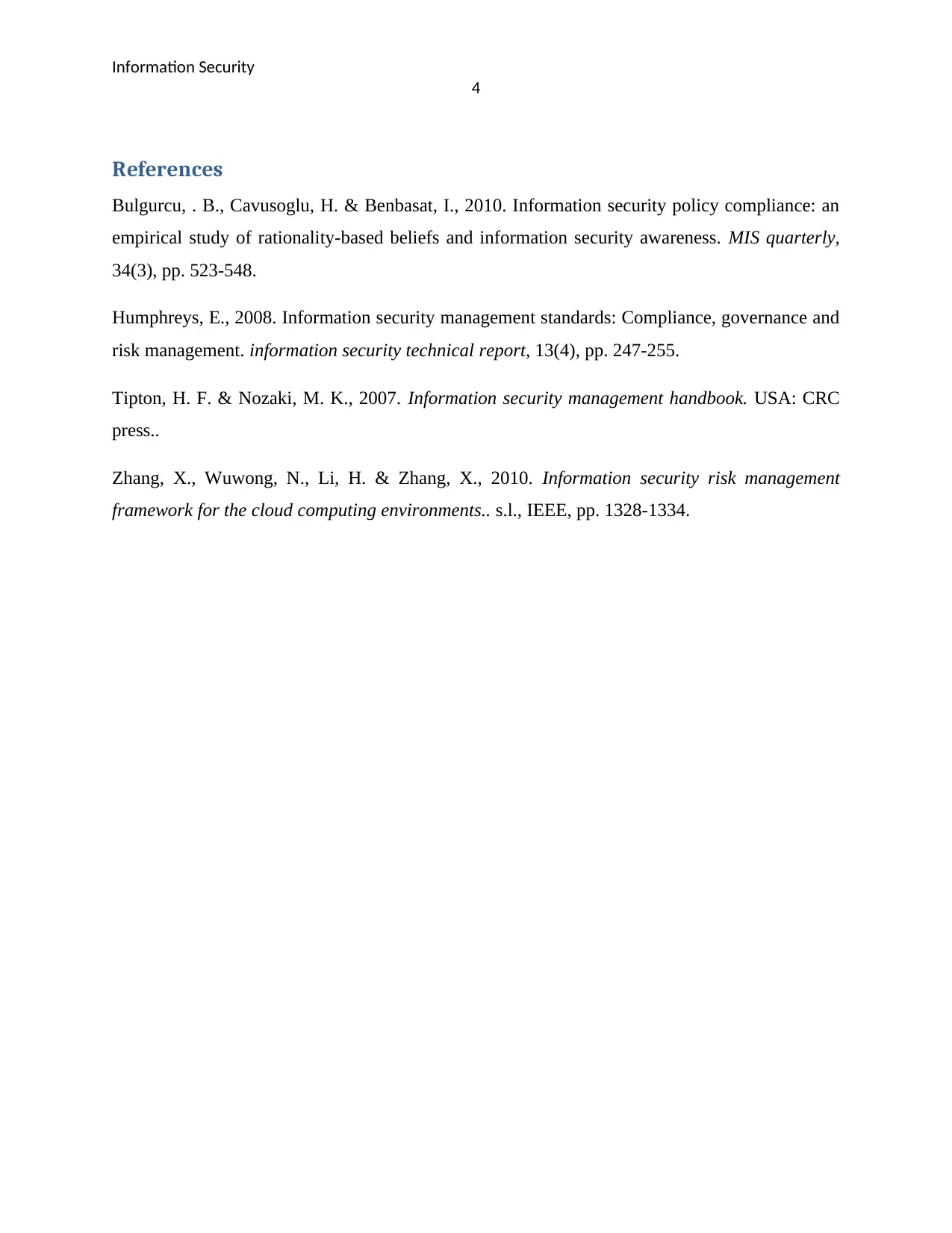





![[object Object]](/_next/static/media/star-bottom.7253800d.svg)